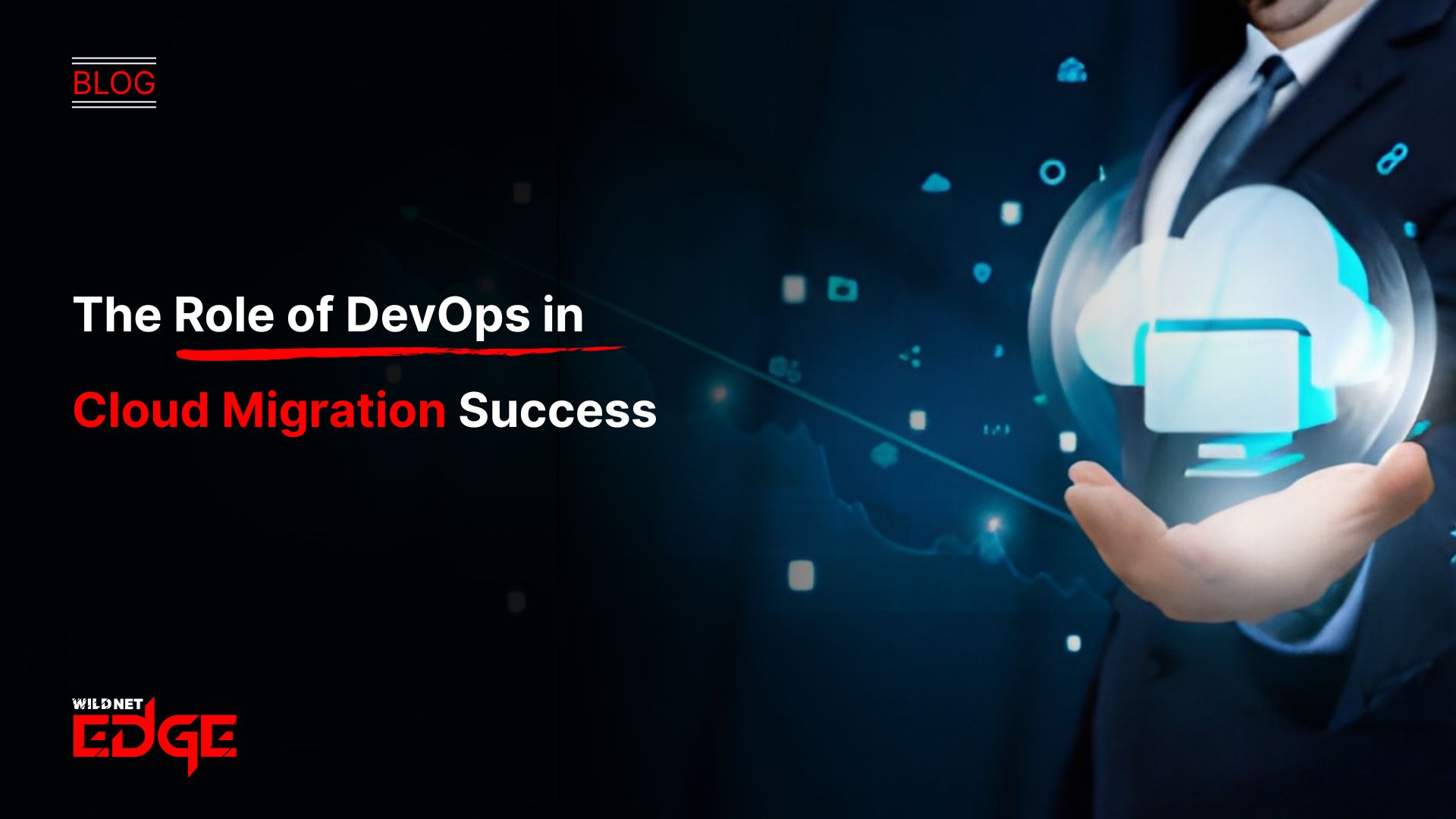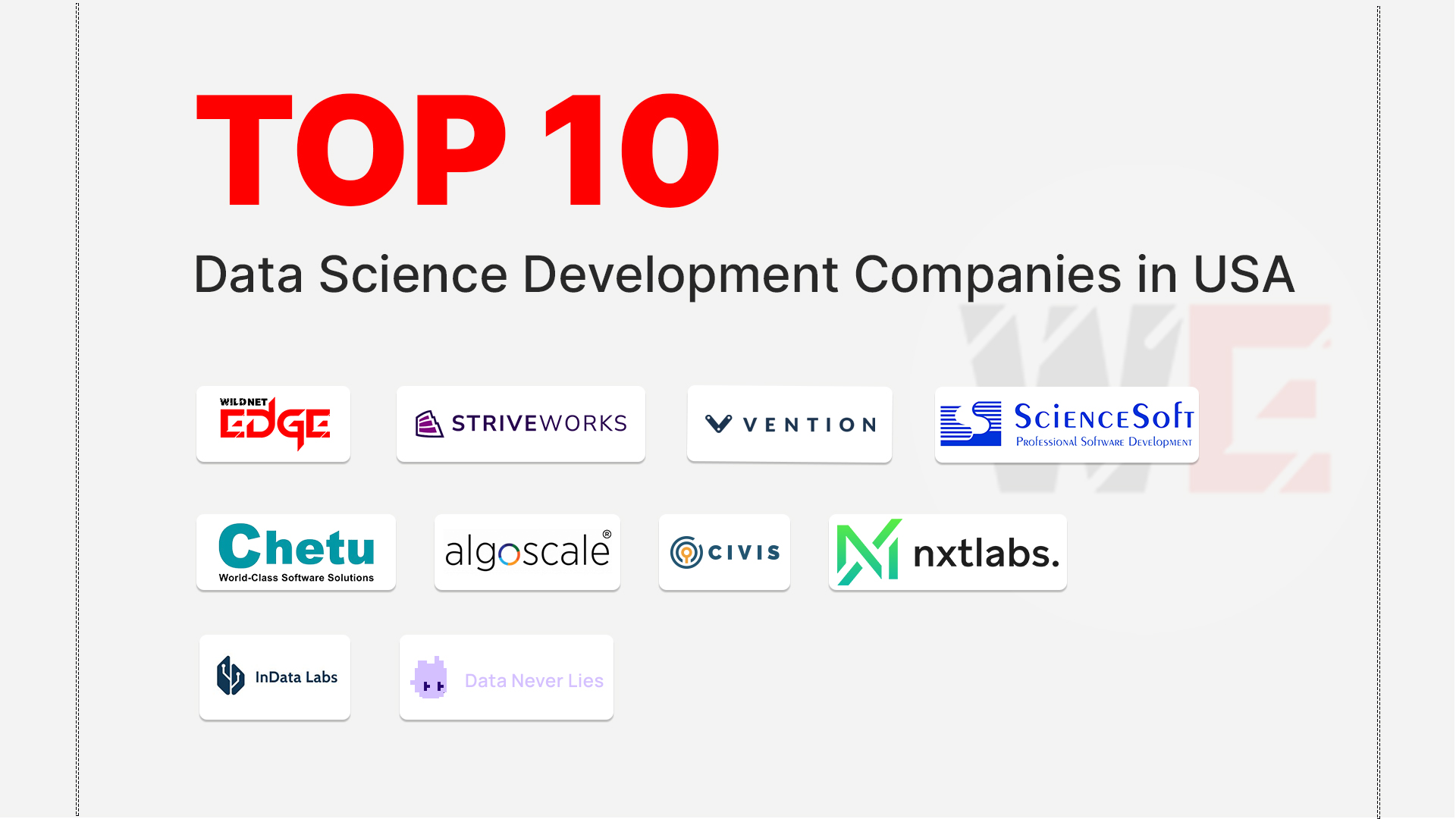TL;DR
This article explains the vital role of DevOps in cloud migrations. It shows how DevOps goes beyond a simple “lift-and-shift” by using automation and collaboration to reduce risks. Practices like Infrastructure as Code ensure consistency, while CI/CD pipelines automate testing and deployment. The result is faster migrations, fewer errors, lower costs, and stronger security, making DevOps essential for a smooth, scalable, and future-ready cloud transition.
When a global enterprise decided to move its legacy systems to the cloud, the excitement quickly turned to frustration. Migrations stalled, environments broke, and costs spiraled. What seemed like a simple “lift-and-shift” became a high-stakes race against time and competition. That’s where DevOps came in, not as a tool, but as a transformation catalyst.
The company turned chaos into control with automation, continuous integration, and proactive monitoring. Every deployment became faster, safer, and more predictable. This story reflects a growing reality: in today’s cloud-driven world, DevOps in Cloud Migration isn’t optional; it’s the difference between merely migrating and truly evolving.
Why Traditional Cloud Migrations Fail
The majority of cloud migrations were regarded as once-off “lift-and-shift” IT projects. The method applied here was manual, and slow, very costly, and risky to a great extent. The new cloud environment would be configured manually for months, only to have critical applications fail after launch due to the on-premise setup having caused a subtle difference that was not detected. The whole operation was non-repeatable, hard to validate, and frequently resulted in poor performance and security exposure. This is the specific situation that a DevOpsin cloud migration strategy aims to avoid.
What is the Role of DevOps in Cloud Migration?
The employment of DevOps principles, i.e., unity, automation, and continuous enhancement, in the migration process is referred to as DevOps in Cloud Migration. It alters the perspective on migration, turning it from a single significant event to an iterative, automated, and testable workflow.
DevOps does not separate migration but rather integrates development, operations, and security teams to create a pipeline for the migration. This strategic approach is the core of successful DevOps in Cloud Migration. This is where expert DevOps Services provide immense value, guiding the strategy from day one.
DevOps Blueprint for Fast, Reliable Cloud Migration
A DevOps approach leverages specific practices to build a migration process that is both fast and reliable.
Infrastructure as Code for Consistency
This is the most critical component of DevOps in Cloud Migration. Instead of manually clicking buttons in a cloud console, you define your entire target cloud environment, servers, networks, databases, and firewalls in code using tools like Terraform or CloudFormation.
This makes your new infrastructure:
- Repeatable: You can destroy and recreate your entire environment in minutes, ensuring consistency.
- Testable: You can test the infrastructure code itself for errors and security flaws.
- Version-Controlled: Your infrastructure is versioned in Git, just like your application code, providing a clear audit trail. This is the heart of cloud migration automation.
CI/CD Pipelines for Validation
A Continuous Integration/Continuous Delivery pipeline is an automated workflow that builds, tests, and deploys code. In a migration context, you use this pipeline to validate your application in the new cloud environment.
The CI/CD for cloud pipeline can be configured to:
- Automatically provision the test environment using your IaC scripts.
- Deploy your existing application code to that new environment.
- Run a full suite of automated tests (integration, performance, security) against the application in the cloud.
This allows you to prove that your application works perfectly in its new home before you ever migrate your production data or switch over your users. This validation step is a key benefit of DevOps in Cloud Migration.
This high level of DevOps Automation is what prevents post-launch surprises.
Automated Testing for Application Resiliency
Automated testing suite is one of the most essential elements of CI/CD for cloud pipeline. It being so, every validation done through it is trusted.
- Functional Tests: Are the all application features in the new environment working as expected?
- Integration Tests: Is the app able to connect with other services (like databases or third-party APIs) from the cloud in a proper way?
- Performance Tests: What is the app’s performance in the cloud under load? It is a useful technique for determining the right size of new servers and for over coming performance bottlenecks.
- Security Tests: Will the new cloud configuration possibly cause security vulnerabilities?
Continuous Monitoring for Post-Migration Optimization
Monitoring is the final feedback loop in Devops in Cloud Migration. As soon as you go live, you need immediate, real-time data on your application’s performance and health. By implementing robust monitoring tools like Datadog, Prometheus, or native cloud tools as part of your IaC setup, you can instantly see the impact of the migration, identify any new bottlenecks, and begin optimizing your application for its new environment.This often involves fine-tuning your Cloud Infrastructure Services.
DevOps in Cloud Migration in Action: Case Studies
Leveraging Devops in Cloud Migration transforms the project from a risk into an opportunity.
Case Study 1: A FinTech App’s Zero-Downtime Migration
- The Challenge: A FinTech company needed to move its complex, on-premise trading platform to a secure cloud environment to meet new compliance standards. Downtime was not an option.
- Our Solution: We used a Devops in Cloud Migration strategy. First, we codified their entire target infrastructure on Azure using Terraform. We built a CI/CD for cloud pipeline that deployed their application and ran a battery of compliance and functional tests automatically. We used a “blue-green” deployment strategy, running the new cloud environment in parallel with the old one, to seamlessly transition traffic.
- The Result: The migration was achieved with zero-downtime. The IaC framework ensured the new environment was fully compliant from day one, and the post-migration deployment speed increased by 5x.
Case Study 2: An eCommerce Platform’s Scalability Move
- The Challenge: A monolithic eCommerce app on dedicated servers couldn’t scale for holiday traffic. They needed to move to the cloud and modernize their application to handle the load.
- Our Solution: The project was a combination of DevOps in Cloud Migration and application refactoring. We helped them break the monolith into microservices as part of the move to AWS. We used Kubernetes and a CI/CD pipeline for each service, enabling cloud migration automation and auto-scaling.
- The Result: The new cloud-native platform successfully handled a 10x increase in peak traffic. The DevOps in Cloud Migration strategy not only moved the app but also transformed it into a scalable, resilient system. This kind of large-scale refactoring requires a team experienced in robust Software Development Solutions.
Our Technology Stack for DevOps Migration
We leverage industry-leading tools for automated, secure, and efficient migrations.
- Cloud Providers: Amazon Web Services (AWS), Microsoft Azure, Google Cloud Platform (GCP)
- Infrastructure as Code: Terraform, AWS CloudFormation, Azure ARM Templates
- CI/CD: Jenkins, GitLab CI, Azure DevOps, CircleCI
- Containerization & Orchestration: Docker, Kubernetes (EKS, AKS, GKE)
- Monitoring: Datadog, Prometheus, Grafana, CloudWatch, Azure Monitor
Conclusion
DevOps in Cloud Migration is the difference between a high-risk, one-time “move” and a strategic, continuous “evolution.” By leveraging cloud migration automation and a CI/CD for cloud pipeline, you not only de-risk the transition but also build the foundation for future agility and innovation. It’s the strategic framework that ensures your cloud journey begins successfully.
Ready to ensure your cloud migration is a catalyst for growth, not a source of risk? At Wildnet Edge, our AI-first approach enhances our DevOps practice, building intelligent monitoring and predictive analytics into your new cloud environment. Connect with us to build a migration strategy that delivers lasting value.
FAQs
The most significant benefit is risk reduction. By using Infrastructure as Code (IaC) and automated testing within a CI/CD for cloud pipeline, you can validate that your application will work correctly in the new environment before you go live, preventing costly downtime and performance issues.
Yes, a “lift-and-shift” can be a valid first step. A DevOps in Cloud Migration approach can still be used to automate the provisioning of the “lift-and-shift” environment, making it faster and more reliable. The DevOps pipeline can then be used to iteratively refactor and optimize the application after it’s already in the cloud.
IaC de-risks migration by eliminating human error in configuration. It ensures your new production, staging, and test environments are 100% identical and match the security and compliance policies you’ve defined in the code, which is almost impossible to achieve manually.
Absolutely. In fact, it’s one of the best ways to handle a monolith. You can “wrap” the monolithic application in a container like Docker and use a CI/CD pipeline to manage its deployment. This provides immediate benefits in deployment reliability, even before you begin the long-term process of refactoring it into microservices.
It plays the role of a safety net. Automated tests (functional, performance, and security) are run against your application in the newly provisioned cloud environment before you make the final switch. If any test fails, the migration is automatically halted, preventing a faulty application from going live.
A key part of DevOps in Cloud Migration is implementing continuous monitoring. By monitoring your application’s actual resource usage in real-time, you can use automation to ensure you are only paying for the resources you need, preventing over-provisioning and optimizing your cloud spend.
The first practical step is to codify your existing on-premise infrastructure as much as possible, or to start by defining a single, non-critical application and building a pilot migration. Create an IaC script for its target cloud environment and a simple CI/CD pipeline to deploy and test it.

Nitin Agarwal is a veteran in custom software development. He is fascinated by how software can turn ideas into real-world solutions. With extensive experience designing scalable and efficient systems, he focuses on creating software that delivers tangible results. Nitin enjoys exploring emerging technologies, taking on challenging projects, and mentoring teams to bring ideas to life. He believes that good software is not just about code; it’s about understanding problems and creating value for users. For him, great software combines thoughtful design, clever engineering, and a clear understanding of the problems it’s meant to solve.
 sales@wildnetedge.com
sales@wildnetedge.com +1 (212) 901 8616
+1 (212) 901 8616 +1 (437) 225-7733
+1 (437) 225-7733































